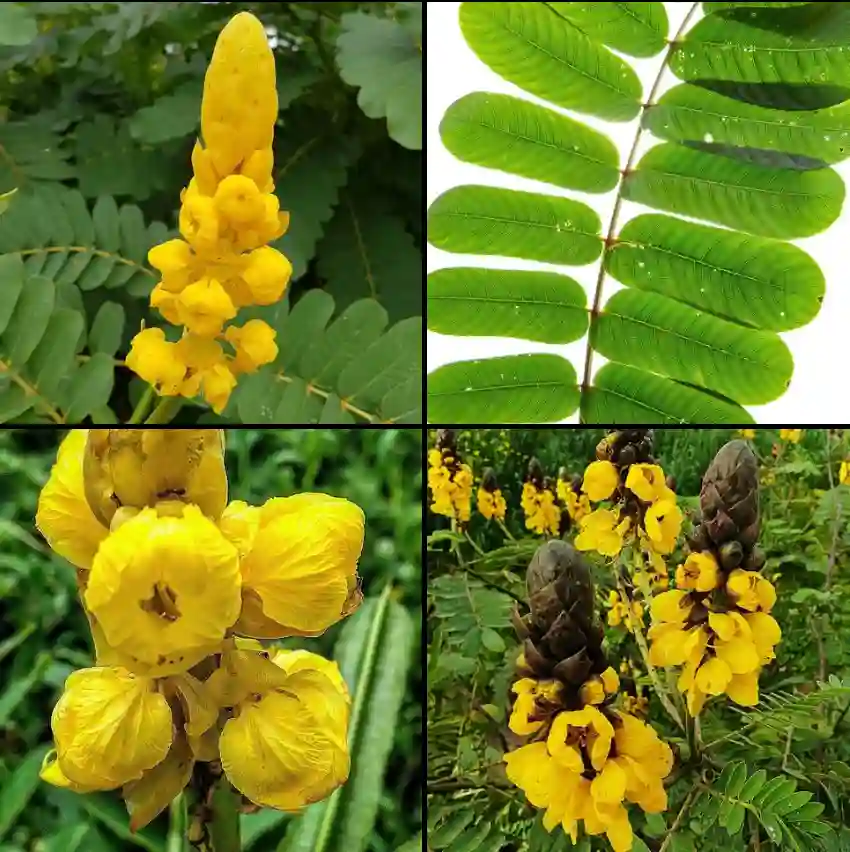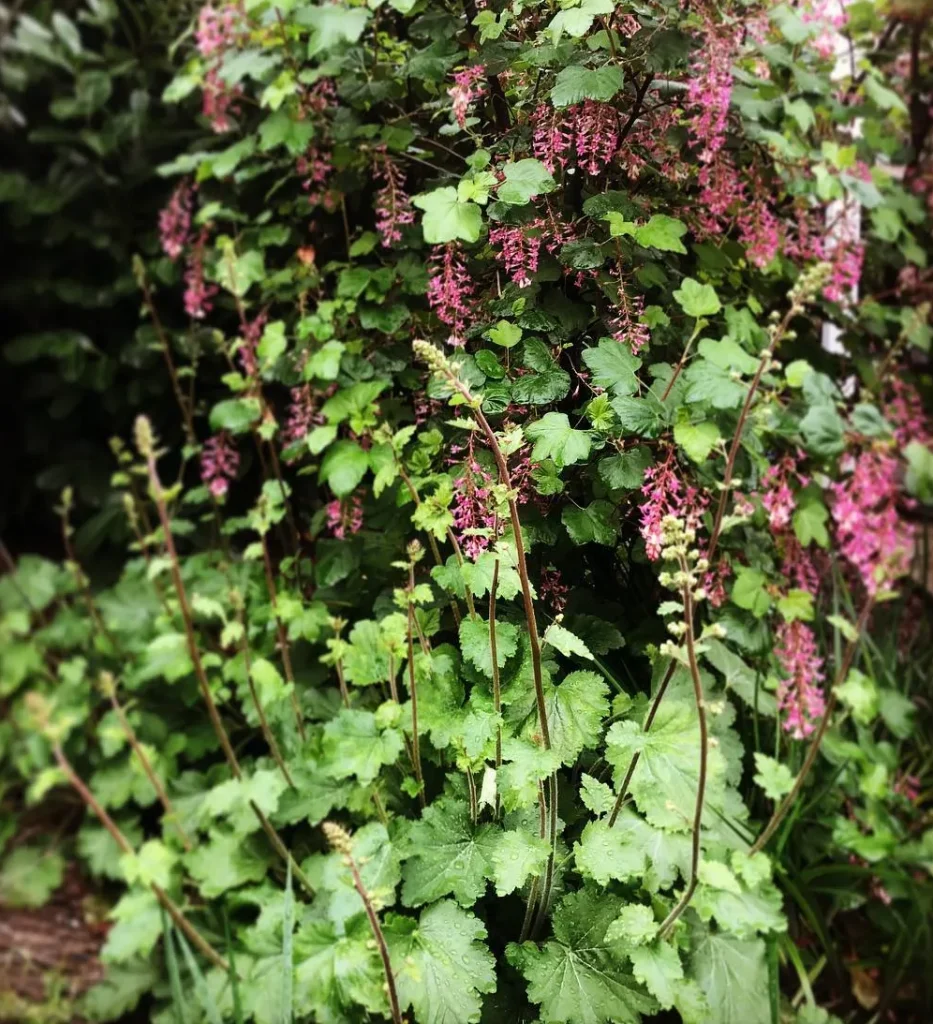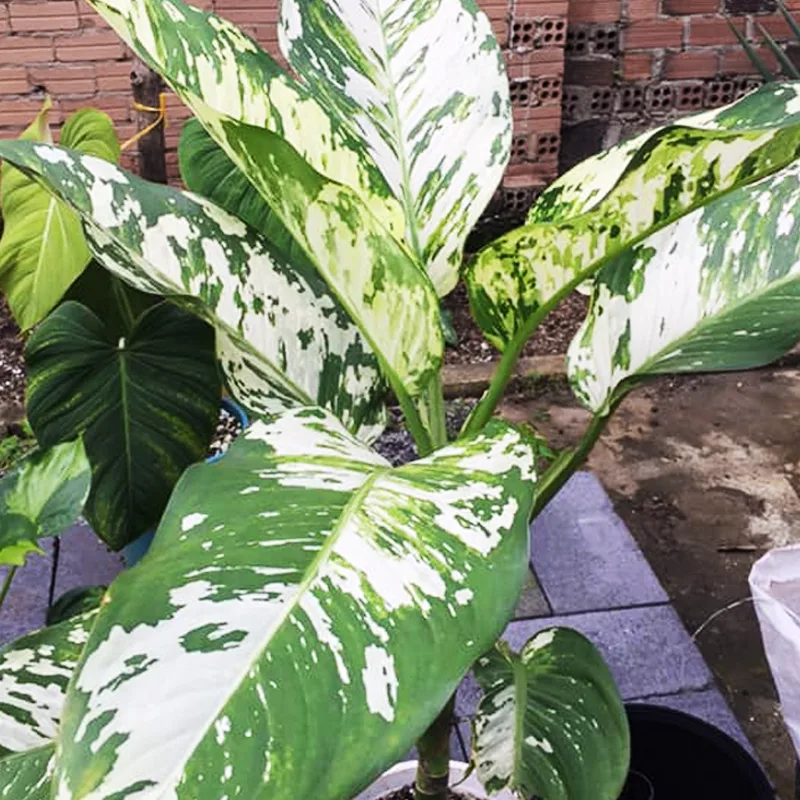Ficus Montana: Your Guide to the Oakleaf Fig
Hello, fellow plant enthusiasts! I’m Ferb Vu, and today we’re diving into the world of the Ficus Montana, also known as the Oakleaf Fig. This charming little plant has stolen the hearts of many indoor gardeners, myself included. But before you rush out and buy one, let’s explore some frequently asked questions to see if the Ficus Montana is the perfect fit for you.
880 Species in Genus Ficus
What is a Ficus Montana?
The Ficus Montana is a subtropical climbing fig native to Southeast Asia. Despite its name (“montana” means mountain in Latin), it thrives in the lowlands, often found clinging to rocks or growing as an epiphyte (air plant) on trees. As a houseplant, it typically reaches a manageable size of 2 meters (6.5 feet) and is known for its beautiful, glossy, oak-shaped leaves.
Is a Ficus Montana easy to care for?
Absolutely! The Ficus Montana is a low-maintenance plant, perfect for beginners. It prefers bright, indirect sunlight and well-draining soil. Water it thoroughly when the top inch of soil dries out, and avoid letting it sit in soggy conditions. It’s a slow grower, so don’t expect it to shoot up overnight. But with a little TLC, your Ficus Montana will reward you with lush foliage for years to come.
How do I propagate a Ficus Montana?
Propagation is a breeze! The most common method is stem cuttings. Take a healthy stem tip with a few leaves, dip it in rooting hormone (optional), and plant it in a pot with moist, well-draining soil. Keep it warm and humid, and in a few weeks, you should see new growth emerge.
What are some common problems with Ficus Montana?
The most common issues are overwatering, which can lead to root rot, and lack of light, which can cause leggy growth and leaf drop. If your leaves are falling off, check the watering schedule and ensure it’s getting enough indirect sunlight. Additionally, Ficus Montana can be susceptible to mealybugs and scale. Regularly inspect your plant and treat them with insecticidal soap if necessary.
Ficus Montana vs. Ficus Elastica (Rubber Plant):
Both the Ficus Montana and Ficus Elastica (Rubber Plant) are popular houseplants. Here’s a quick comparison to help you decide which one might be right for you:
- Leaves: Ficus Montana has smaller, oak-shaped leaves, while Ficus Elastica boasts larger, glossy, oval-shaped leaves.
- Growth Habit: Ficus Montana has a more vining or cascading growth habit, while Ficus Elastica grows more upright.
- Light Needs: Both prefer bright, indirect sunlight, but Ficus Elastica can tolerate lower light conditions a bit better.
- Care: Both are relatively easy to care for, but Ficus Montana requires slightly less watering.
Ficus Montana vs. Creeping Fig (Ficus Pumila):
Another lookalike is the Creeping Fig (Ficus Pumila). Here’s a breakdown of the key differences:
- Size: Ficus Montana grows much larger (up to 2 meters) compared to the Creeping Fig, which typically stays below 1 meter (3.3 feet).
- Leaves: Ficus Montana has larger, distinct oak-shaped leaves, while the Creeping Fig has smaller, rounder leaves.
- Growth Habit: Ficus Montana can climb or trail, while the Creeping Fig primarily creeps along surfaces.
- Light Needs: Both prefer bright, indirect sunlight.
Ficus Montana: The Final Word
The Ficus Montana is a versatile and attractive houseplant that brings a touch of the tropics indoors. With its easy-going nature and beautiful foliage, it’s a great choice for both seasoned plant parents and beginners alike. So, if you’re looking for a low-maintenance plant that adds a touch of elegance to your home, the Ficus Montana might just be your perfect match.
If i die, water my plants!



